The Pangolin: The World’s Most Trafficked Mammal
Deep in the forests of Asia and Africa, a creature moves quietly under the cover of night. Covered in scales, it curls into a tight ball when threatened—a defense mechanism that, tragically, makes it an easy target for poachers. This is the pangolin, an animal few have heard of but one that holds the grim title of being the most trafficked mammal on Earth.
Pangolins are unique in the animal kingdom. They are the only mammals wholly covered in keratin scales, which they use for protection against predators. There are eight species, four in Asia and four in Africa, all of which are under severe threat from illegal trade. Despite international protections, the demand for their scales and meat has driven them to the brink of extinction.
The Scale of the Crisis
Between 2014 and 2018, authorities seized over 370,000 pangolins in trafficking operations—a figure that likely represents just a fraction of the actual number taken from the wild. The trade is fueled by demand in China and Vietnam, where pangolin scales are used in traditional medicine and their meat is considered a delicacy. Even though science has debunked the medicinal properties of their scales, the myth persists, driving prices to exorbitant levels.
In recent years, law enforcement has intercepted massive shipments. In 2019, Singapore seized a record 25.6 tons of pangolin scales, equivalent to about 38,000 animals. Such seizures highlight the industrial scale of the trade, yet they barely make a dent in the black market’s operations. The profits are too high, and the networks too entrenched.
Why Are Pangolins So Vulnerable?
Pangolins are slow breeders, typically producing just one offspring per year. This low reproductive rate means populations cannot recover quickly from heavy poaching. Unlike elephants or rhinos, pangolins are small, elusive, and rarely seen, making them harder to monitor and protect. Their solitary nature and nocturnal habits further complicate conservation efforts.
Compounding the problem is the lack of public awareness. Many people, even in countries where pangolins are native, do not recognize them or understand their ecological role. As insectivores, pangolins play a crucial part in controlling termite and ant populations, which helps maintain forest health. Their disappearance could have cascading effects on ecosystems.
The Legal Loopholes and Enforcement Challenges
Despite being listed under Appendix I of CITES (the Convention on International Trade in Endangered Species), which bans all commercial trade, pangolins continue to be smuggled at alarming rates. Weak enforcement, corruption, and light penalties in some countries allow traffickers to operate with relative impunity. In many cases, even when arrests are made, the kingpins behind the trade remain untouched.
Some nations have stepped up efforts. China, once the largest consumer of pangolin products, removed pangolin scales from its official medicine list in 2020 and upgraded legal protections. However, underground markets persist, and enforcement remains inconsistent across regions. Meanwhile, African nations struggle with limited resources to combat poaching networks that are increasingly targeting their pangolin populations.
A Glimmer of Hope?
Conservationists are not giving up. Grassroots initiatives are working to rehabilitate rescued pangolins and release them back into the wild. Education campaigns aim to reduce demand by debunking myths about pangolin scales. Technology, too, is playing a role—tracking devices and AI-powered surveillance are being tested to monitor pangolin habitats.
International cooperation is critical. In 2020, the Global Wildlife Program, funded by the World Bank, launched projects to combat pangolin trafficking in Africa and Asia. NGOs like the Wildlife Justice Commission are using intelligence-gathering to disrupt trafficking networks. Yet, without sustained pressure and funding, these efforts risk being outpaced by the traffickers.
The Human Cost
The pangolin trade is not just an environmental crisis—it’s a human one. The same networks that smuggle wildlife often traffic drugs, arms, and people. The corruption and violence associated with the trade destabilize communities and undermine governance. In some cases, rangers and activists have paid with their lives for trying to protect these animals.
Then there’s the zoonotic disease risk. Pangolins were controversially linked to the origins of the COVID-19 pandemic, though the exact role they played remains unclear. What is certain is that the illegal wildlife trade creates dangerous opportunities for pathogens to jump from animals to humans, risking future pandemics.
What Can Be Done?
Saving the pangolin requires a multi-pronged approach. Strengthening law enforcement, closing legal loopholes, and harsher penalties for traffickers are essential. But equally important is tackling demand. Public awareness campaigns must target consumers in Asia, emphasizing that pangolin scales are medically useless and that their consumption drives extinction.
Local communities living near pangolin habitats need alternative livelihoods to reduce reliance on poaching. Ecotourism, if managed responsibly, could provide income while fostering conservation. Meanwhile, governments must invest in better training and equipment for wildlife rangers, who are often outgunned by poachers.
The clock is ticking. If current trends continue, pangolins could vanish from the wild within our lifetime. Their fate serves as a stark reminder of humanity’s devastating impact on the natural world—and the urgent need to change course before it’s too late.
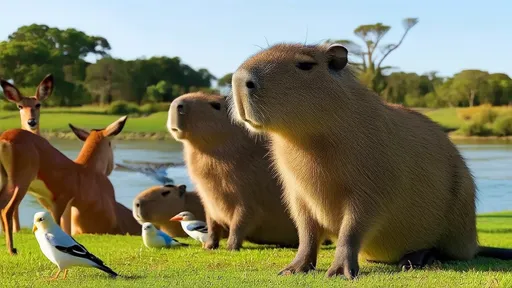
By /Jun 10, 2025
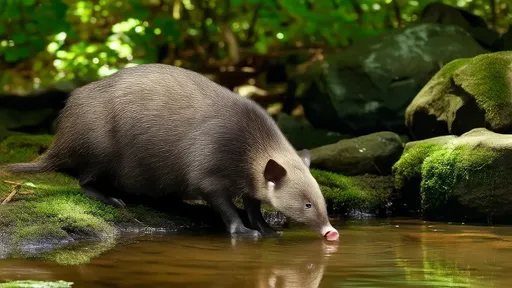
By /Jun 10, 2025
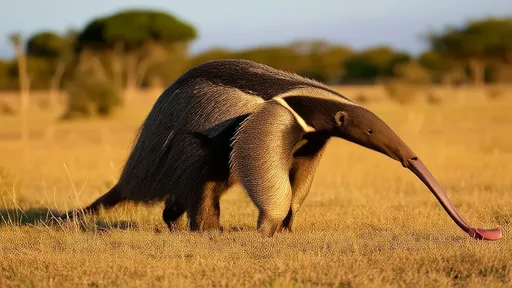
By /Jun 10, 2025
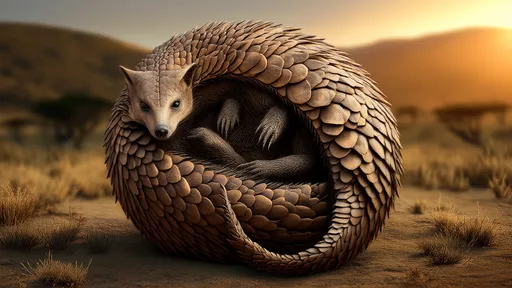
By /Jun 10, 2025
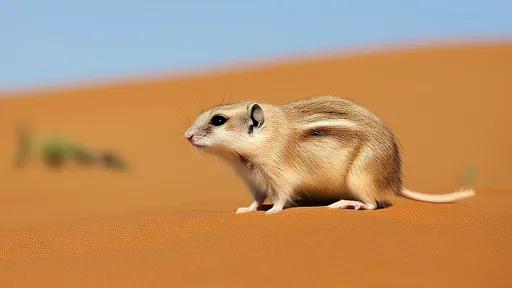
By /Jun 10, 2025
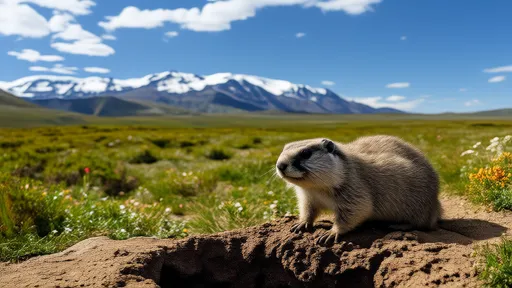
By /Jun 10, 2025

By /Jun 10, 2025

By /Jun 10, 2025

By /Jun 10, 2025
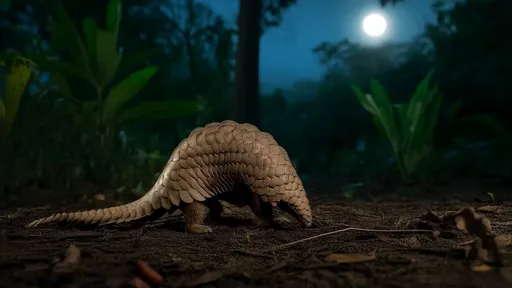
By /Jun 10, 2025
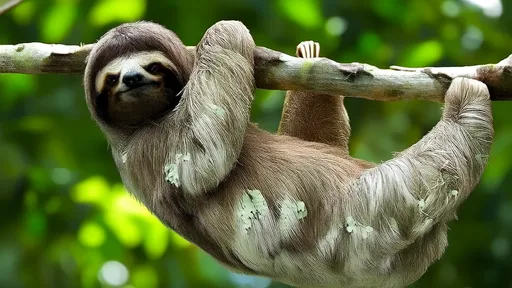
By /Jun 10, 2025
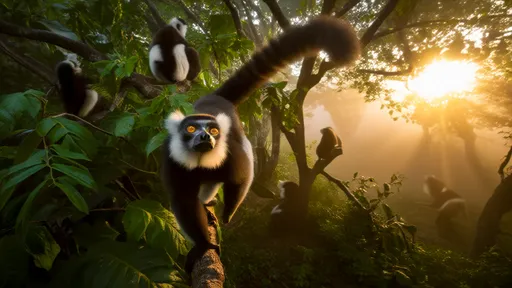
By /Jun 10, 2025

By /Jun 10, 2025
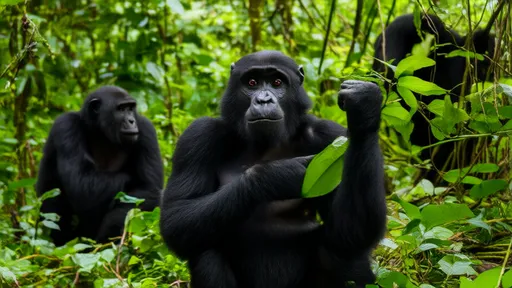
By /Jun 10, 2025
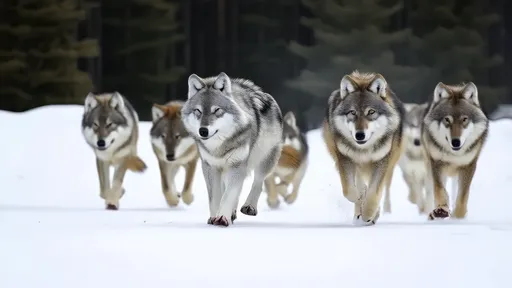
By /Jun 10, 2025
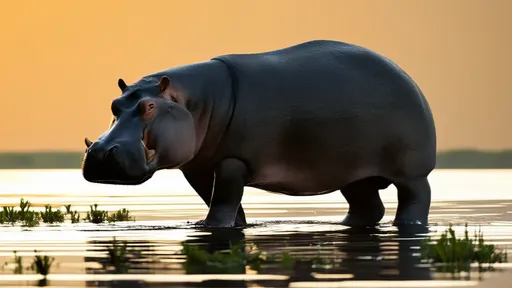
By /Jun 10, 2025
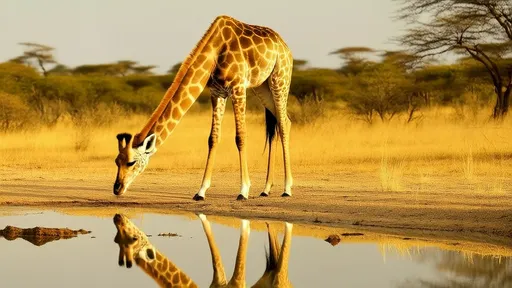
By /Jun 10, 2025